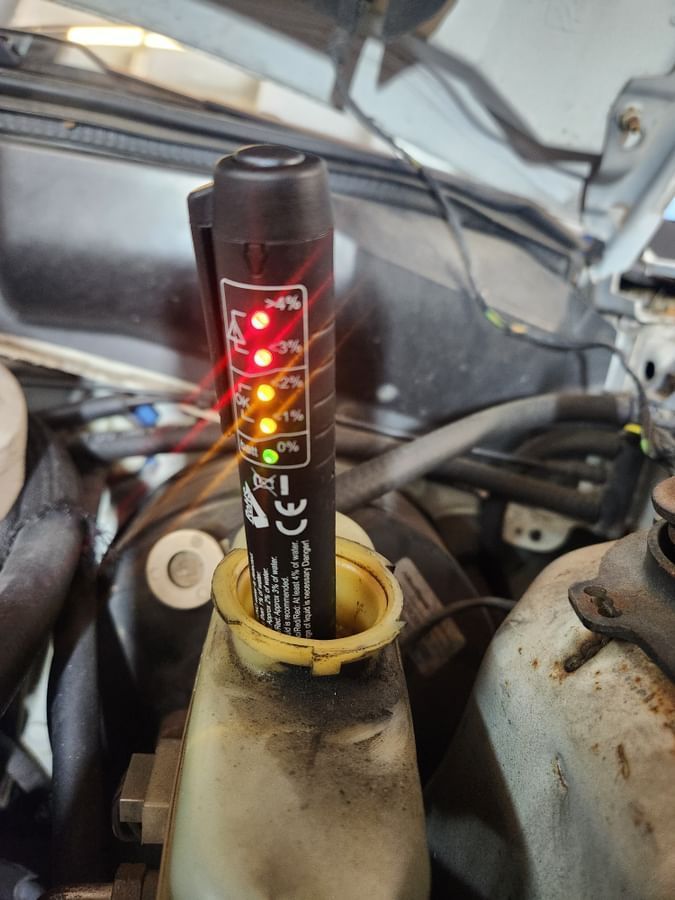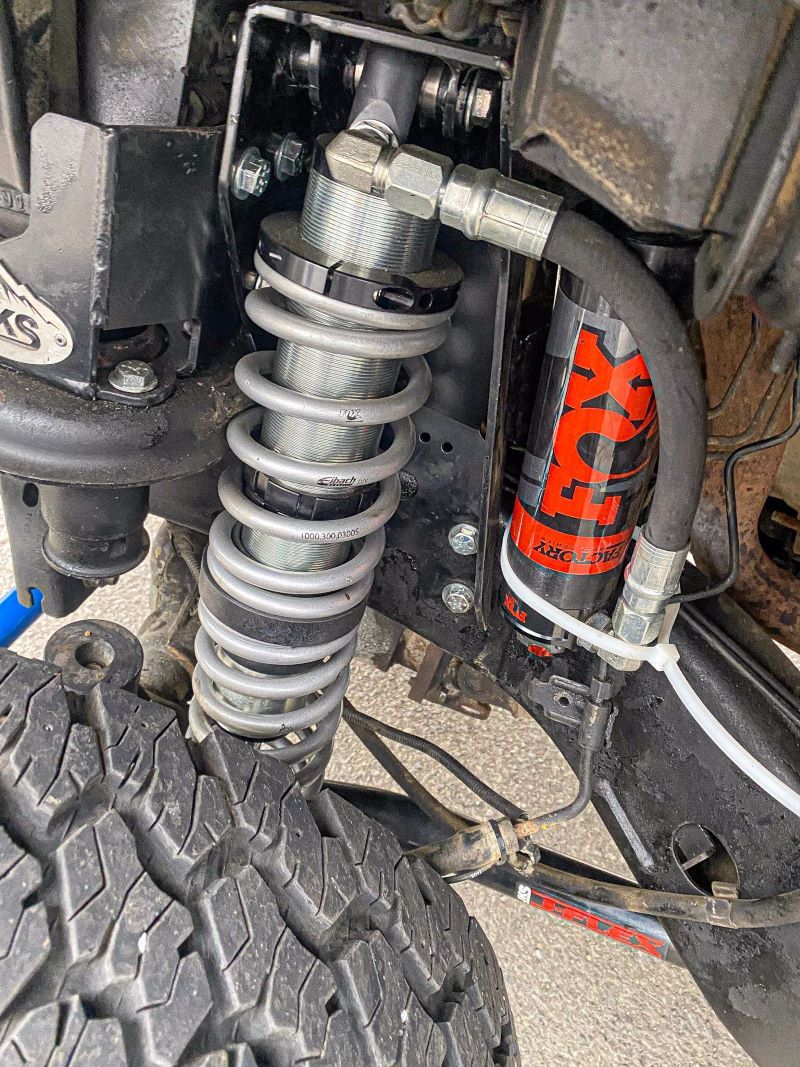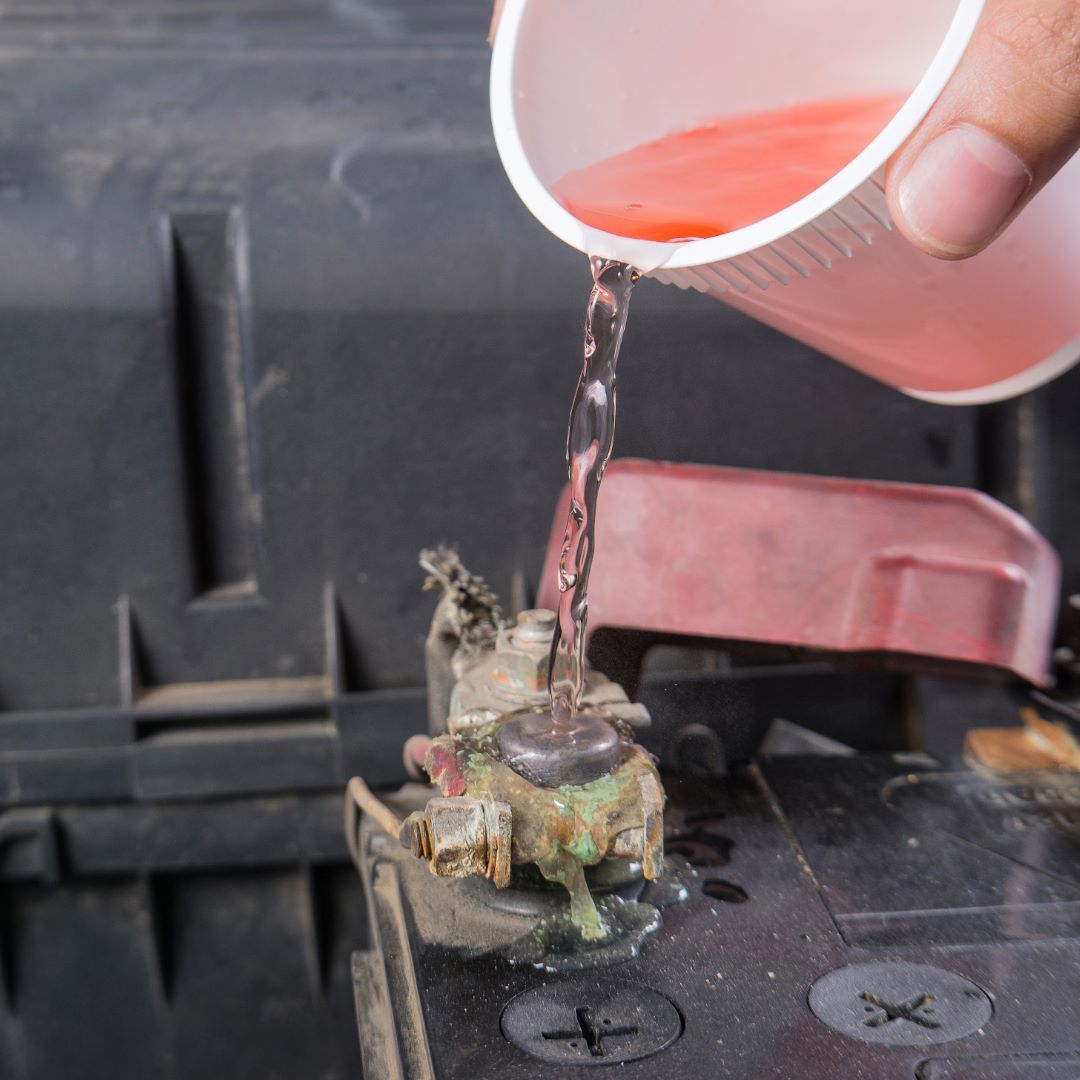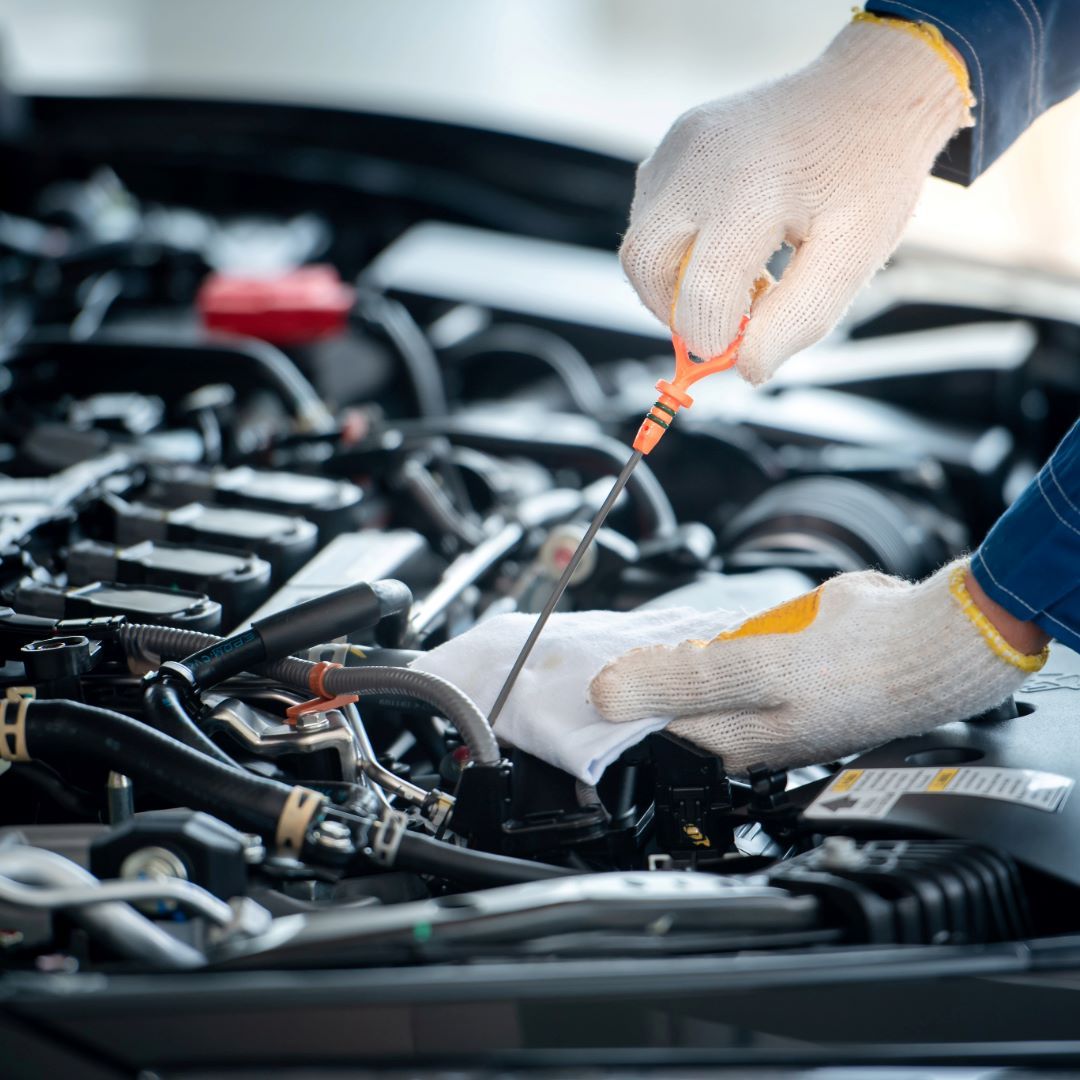How Does an Automatic Transmission Know When to Shift?
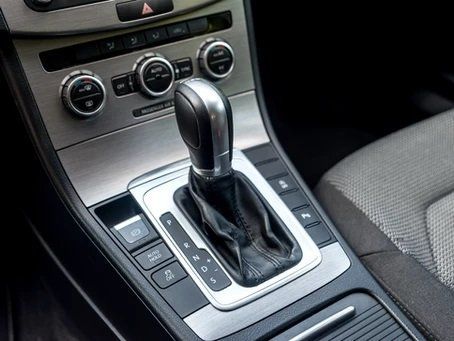
How Automatic Transmissions Shift | Transmission Service in Burien | ABC Auto Repair
It’s easy to take your automatic transmission for granted until something goes wrong. But have you ever wondered how your vehicle knows exactly when to shift gears?
The answer lies in a combination of hydraulic engineering, mechanical components, and on modern vehicles electronic sensors. Even before onboard computers, automatic transmissions were designed to shift intelligently based on vehicle speed, engine load, and throttle input.
Let’s break it down in simple terms.
The Transmission as a Hydraulic Machine
An automatic transmission is essentially a hydraulic system. Its internal functions are driven by fluid pressure, which engages or disengages specific gears at just the right time.
When your transmission shifts gears, it’s activating clutch packs sets of friction plates that lock together when compressed. These clutch packs are controlled by shift valves that move in response to changing hydraulic pressure.
So, how is that pressure generated? It comes from three key sources:
1. Engine Load (Throttle Input)
When you press the gas pedal, you’re signaling to the transmission how much power you want. In older systems, this was done with a vacuum modulator, which measured air pressure in the intake manifold. The harder you press the throttle, the more air flows in and the more vacuum pressure builds up.
In modern vehicles, throttle position sensors handle this task and relay the information to the transmission’s computer.
This input tells the system to delay shifting during aggressive acceleration to stay in a lower gear longer where there's more torque.
2. Vehicle Speed
Inside the transmission is a component called a governor, which spins in sync with the drivetrain output shaft (the part that turns your wheels). As your vehicle accelerates, the governor spins faster, sending a signal that it's time to shift up to the next gear.
Combined with throttle input, this helps the system know whether to shift early (light throttle, cruising) or delay the shift (heavy throttle, uphill, or towing).
3. Throttle Position
Your gas pedal position is a direct indicator of how quickly you want to accelerate. This input tells the transmission to adjust its shifting strategy whether to prioritize fuel efficiency or power.
In older cars, this was managed by mechanical linkages or cables. In newer cars, it’s all done via electronic sensors feeding data into the transmission control module (TCM).
So, What Does This Mean for You?
Here’s the key takeaway: Your automatic transmission depends entirely on fluid pressure to operate. That means the condition and level of your automatic transmission fluid (ATF) are critical to its performance and longevity.
Low or dirty fluid can cause:
- Hard or delayed shifting
- Slipping gears
- Overheating
- Premature wear of internal components
Because transmission repairs can be expensive often $3,000 to $5,000 or more it’s essential to stay on top of fluid maintenance.
What You Should Do
- Check your ATF regularly, ideally every time you fuel up
- Make sure the fluid level is correct and that it’s translucent pink—not dark or burnt
- Follow your vehicle’s manufacturer service intervals
- Schedule a transmission service if the fluid becomes discolored or contaminated
For more information on caring for your transmission, see our full guide on transmission maintenance.
Automatic Transmission Service in Burien
At ABC Auto Repair in Burien, we provide complete automatic transmission diagnostics, fluid changes, and filter replacements. Whether you drive a Toyota Corolla, Honda Accord, Jeep Grand Cherokee, or any other make, we’ll make sure your transmission shifts smoothly and reliably.

